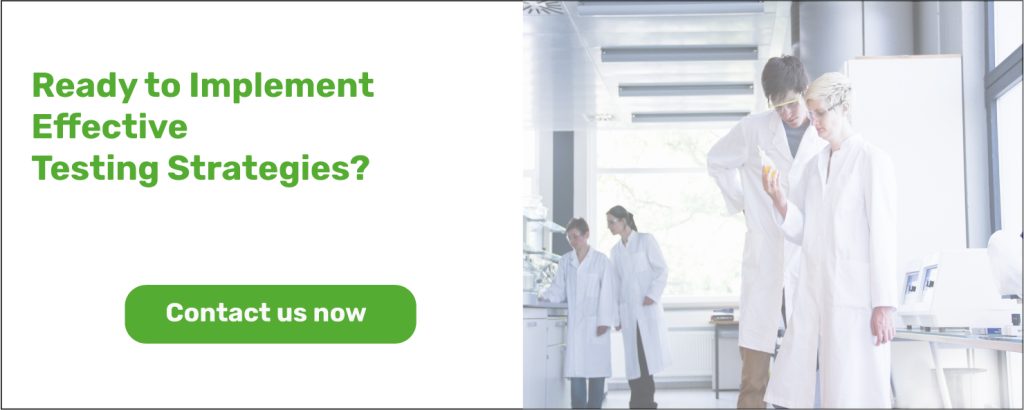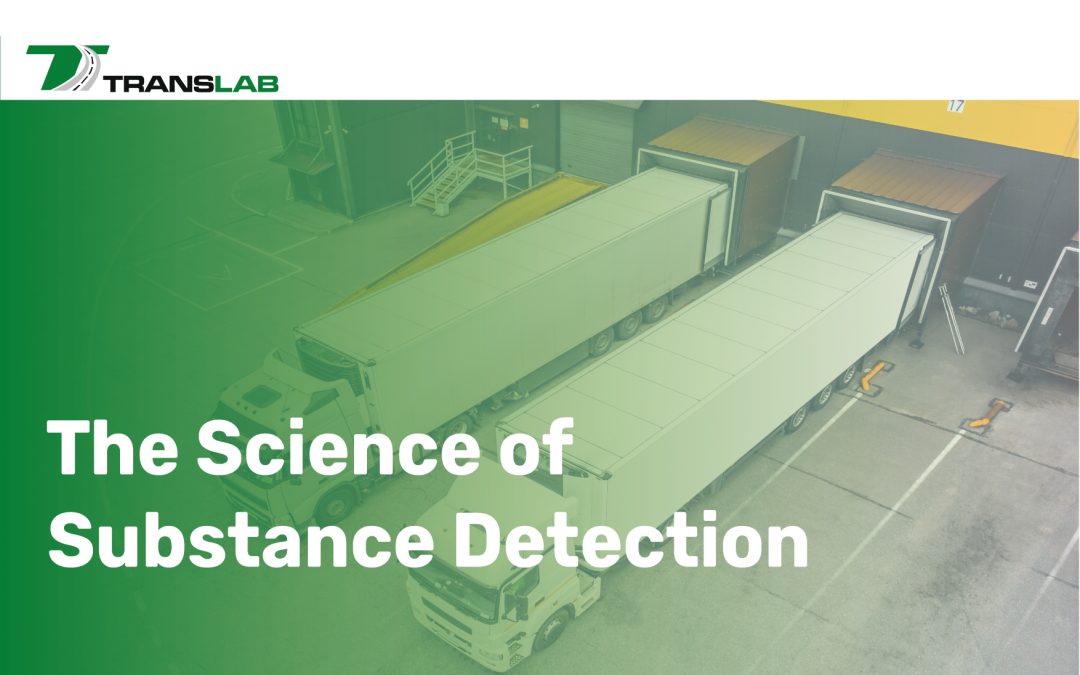The need for reliable substance detection has never been more critical. From ensuring workplace safety to maintaining compliance with regulations, advanced testing methods play a vital role in accurately identifying substance use.
Understanding the Science of Substance Detection
Substance detection relies on a variety of scientific techniques, each tailored to identify specific substances with high accuracy. These methods often utilize advanced instrumentation and methodologies to analyze biological samples, such as urine, blood, or saliva. For instance, gas chromatography-mass spectrometry (GC-MS) is a widely used technique known for its precision and sensitivity. It allows laboratories to separate, identify, and quantify substances with remarkable accuracy.
The effectiveness of substance detection hinges on several key factors:
- Sample Integrity: The validity of the sample is crucial. Ensuring that the sample hasn’t been tampered with is essential for accurate results.
- Testing Methodology: The choice of testing method can significantly influence the accuracy of the results. Advanced techniques provide greater specificity and sensitivity.
- Interpretation of Results: Understanding the context of test results, including potential cross-reactivity with other substances, is vital for accurate interpretation.
Technological Innovations in Testing
The landscape of substance detection is continually evolving. New technologies are emerging to enhance the accuracy and efficiency of testing. Innovations such as point-of-care testing devices allow for rapid on-site testing, which can significantly reduce the time between sample collection and result reporting.
As regulations evolve, the industry must keep pace with technological advancements. These innovations not only improve testing speed but also ensure compliance with stringent regulatory requirements.
The Importance of Occupational Safety
Substance use can have a profound impact on workplace safety. A comprehensive testing program helps identify individuals who may be under the influence while on the job, thus mitigating risks associated with impaired performance. Regular substance testing is not merely a regulatory requirement; it’s an essential component of fostering a safe working environment.
By implementing effective testing strategies, organizations can ensure that they maintain a workforce that is not only compliant but also safe and productive.
The Value of Random Testing Programs
Random testing is an effective strategy to deter substance use among employees. By conducting unannounced tests, organizations can create a culture of accountability and discourage substance use. These programs can significantly protect the workforce and safeguard the company’s reputation.
Implementing random testing helps organizations stay compliant while also demonstrating their commitment to safety and well-being.
Best Practices for Testing Frequency
The frequency of substance testing can directly influence compliance. Striking the right balance between too frequent and too infrequent testing is essential for maintaining the integrity of the program. Organizations should develop a testing schedule that is responsive to the nature of their workforce and the specific risks associated with their industry.
Regular reviews of testing protocols can help ensure that organizations remain compliant while effectively managing substance use risks.
Navigating the Legal Landscape
Workplace testing is subject to a complex legal framework that is continually evolving. Recent cases and legal precedents can significantly impact how organizations approach substance testing. Understanding the legal landscape is crucial for organizations to implement compliant testing programs while protecting their interests.
Keeping abreast of recent developments in workplace testing laws can help organizations navigate potential challenges and avoid legal pitfalls.
Partnering with Reliable Testing Services
Finding a trustworthy testing partner is essential for maintaining the integrity of a substance detection program. Organizations should look for partners who are certified and knowledgeable in the latest testing methodologies. Training and certification are crucial factors in ensuring that testing is performed correctly and consistently.
A reliable testing partner will help organizations navigate the complexities of substance testing, ensuring compliance while maintaining the highest standards of accuracy.
As substance detection continues to advance, understanding the science behind these methods is essential for organizations aiming to create safe and compliant workplaces. By leveraging technological innovations, implementing effective testing programs, and staying informed about legal developments, organizations can ensure they are prepared to meet the challenges of substance detection head-on.


